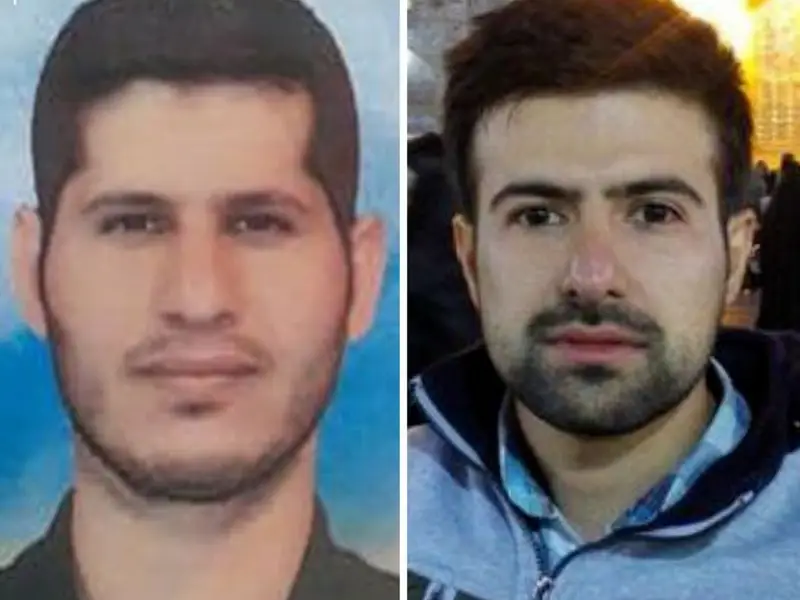In a mysterious turn of events, the death of two IRGC’s Aerospace Force officers was announced in Iran on Sunday, with hardliner media calling them “martyrs.”
First came the announcement that a relatively junior officer, Ali Kamani, died in a “car accident in line of duty” in Khomein, central Iran. From the text of the announcement, it seemed the Revolutionary Guard officer was more important than what his rank would suggest. In expressing condolences to various military officials, the text even mentioned Supreme Leader Ali Khamenei.
Then within hours news came that another officer of the Aerospace Force, Mohammad Abdus, had also died, in Semnan, central Iran where a space launch center is located.
Abdus was also tagged as a “martyr” although no explanation was offered by media affiliated with the IRGC about how he had died.
So far, the IRGC or their media have not offered any further details about the death of the two officers from the same force in one day, although the deaths could have occurred earlier and only announced on Sunday.
In the latest updates on Monday, Iran's defense ministry emphasized that both officers died on dury in Iran, and IRGC sources deleted their earlier reports, deferring to the ministry.
It is possible that the two officers were killed in Israeli air and missile strikes in Syria recently, but a series of other killings and deaths among IRGC ranks in Iran leads to suspicion that they might have been targets of a secret series of operations.
The IRGC aerospace force is tasked with Iran’s missile development and space program. The country has made considerable progress in developing long-range ballistic missiles that can threaten the far fringes of the Middle East, including Israel. Regional countries have been concerned about the potential threat from a large number of these missiles.
Considering recent killings of other Revolutionary Guard officers in Iran, some Iranians on social media drew the conclusion that the deaths most likely are part of a highly professional anti-IRGC operation carried out with precision. Iranian intelligence organizations that usually boast of breaking up “terrorist operations” and discovering secret caches of weapons and explosives, have so far not pretended to have arrested anyone who might have been a recent string of killings and deaths.
The first high-profile killing took place in November 2020 when a chief architect of Iran’s nuclear program, Mohsen Fakhrizadeh, was killed near Tehran in an operation more fitting for a Hollywood thriller. He was shot by a remote-controlled heavy gun place in the back of a pickup truck while driving on a highway.
Eventually it was generally accepted that Israel was behind the highly complicated operation, and that is what most people believe now.
Just last week, there was the mysterious death of an aerospace scientist, Ayoob Entezari, who died shortly after dining with an unnamed man, as authorities scrambled to deny that his death was the result of poisoning.
Just days earlier, a commander in IRGC’s extraterritorial Quds Force’s secretive unit 840 died when he fell from the roof or balcony of his home in Karaj, west of Tehran.
He was a colleague of Colonel Ali Esmailzadeh who was assassinated outside his home in Tehran in broad daylight on May 22. A foreign security source told Iran International that he was in charge of operations against Israeli citizens and interests in various countries.
Whoever is behind these attacks not only weakens the Revolutionary Guard by eliminating key individuals but creates fear and panic among Islamic Republic officials and harms the image of Iranian military and intelligence establishment of being omnipotent.
The establishment has long tried to convince the people in Iran that it has total control over the country and can guarantee security.

